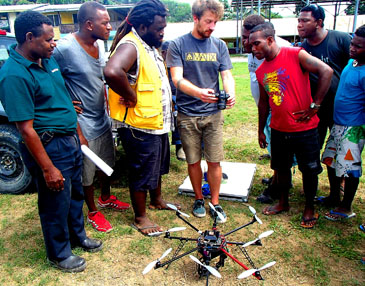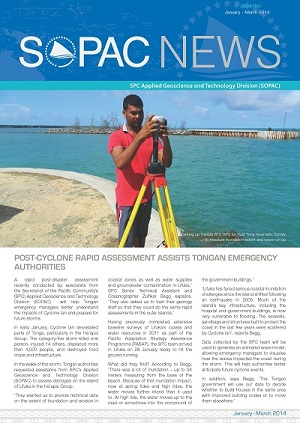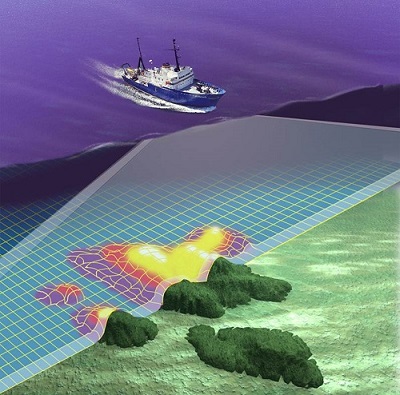Friday 9 May 2014, Secretariat of the Pacific Community (SPC) Suva, Fiji - Deep sea minerals have the potential to be a game changer for the Pacific. Whether they will bring a change for the good or the bad will be determined by the financial management of governments and their ability to adopt and enforce sensible environmental safeguards.
If revenue is managed transparently and prudently while protecting the environment, deep sea minerals could greatly improve the economies and livelihoods of the Pacific Islands countries.
To address these issues, the Secretariat of the Pacific Community (SPC) is holding a regional workshop, the fifth in its technical training series. This workshop will be held in Cook Islands on 13–16 May and will centre on the ‘Financial Aspects’ of the upcoming deep sea minerals industry.
The workshop will bring together more than 60 Pacific Island government minerals and finance officials and experts from around the globe for the first regional event of its kind on managing the potential wealth generated from the extraction of deep sea minerals. Although deep sea mining is yet to occur world-wide, there is much commercial interest in mineral formations, such as nodules, crusts and seafloor massive sulphides that have been discovered on the seabed, thousands of metres below sea-level, particularly in the Pacific Ocean.
Deep Sea Minerals Finance Workshop: Making sure the Pacific Islands are not left short-changed |
||
|
||
|
More Articles...
|
||
|
|
||
| Page 13 of 74 |
Newsflash
|
On 7 August 2012, Director-General [of the SPC] Dr Jimmie Rodgers, presented to a Special Session of the CRGA a joint letter signed between Dr Russell Howorth in his capacity as Director of SOPAC Commission and himself confirming the full and effective closure of the SOPAC Commission. |









